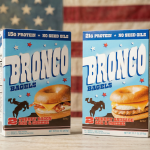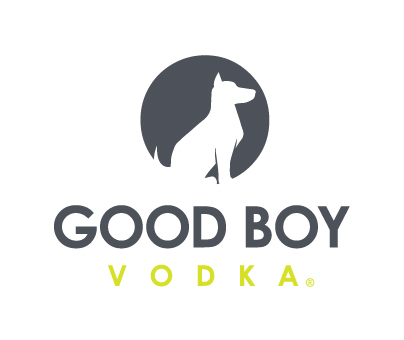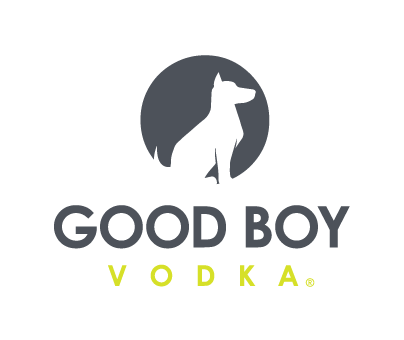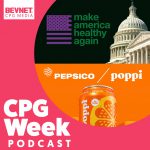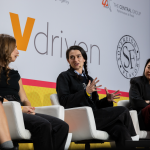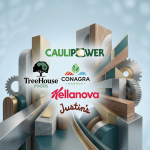Capstar Partners, CAVU’s Christopher Launch SPAC
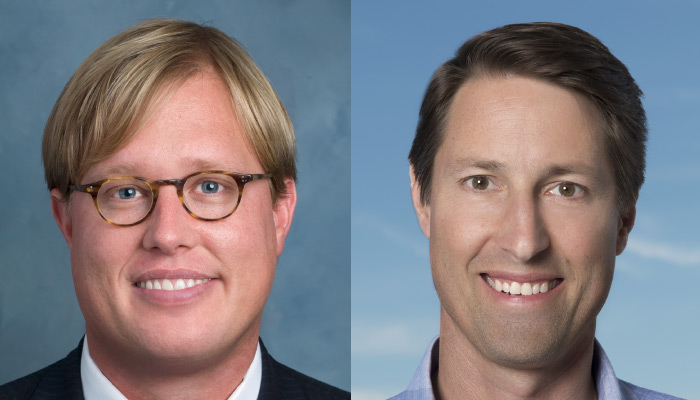
As special purpose acquisition companies (SPACs) targeting the CPG sector have experienced a sudden surge in interest this year, Clayton Christopher is the latest food and beverage industry veteran to join the party.
This summer, the CAVU Venture Partners co-founder and serial entrepreneur joined with Capstar Partners as a co-sponsor and board advisor in Capstar Special Purpose Acquisition Company, a new venture which listed a $240 million IPO on the New York Stock Exchange on July 2, offering 24 million shares at $10 per unit.
Though the SPAC “will not be limited to a particular industry or geographic region” within CPG, according to Capstar, Christopher said the company is primarily focused on making an acquisition in the food and beverage space. He noted the firm is seeking companies with valuations in the $1-$2 billion range.
“I’m kind of crossing my fingers that we can find a beverage company or a food company since, for me personally, it’s the world that I know very well,” Christopher told BevNET. “It’s a lot easier to add value when it’s the same chessboard that I’ve been playing on all my professional life.”
The Capstar SPAC is led by Capstar Partners founder R. Steven Hicks, who serves as chairman, CEO and CFO. Founded in 2000, Capstar Partners has targeted various industries, with current investments including luxury travel review company Andrew Harper, video game studio Certain Affinity and fashion brand Kendra Scott. Pacific Investment Management Company, LLC (PIMCO) is also sponsoring the SPAC, and Citigroup Global Markets Inc., UBS Securities, LLC and BTIG, LLC are acting as joint book running managers.
Informally called “blank check companies,” SPACs are formed as a means to raise capital with the singular purpose of finding a sizable business to acquire and take public. SPACs can often provide target companies with an easier alternative to a traditional IPO process by expediting the process, offering early certainty for stock pricing and company valuation, and allowing shareholders to exit immediately with no lockup period.
SPACs begin by raising money through their own IPOs but do not have to specify which companies they may seek to acquire upfront. However, SPACs only have two years to the date they go public to close an acquisition — if one fails, it must dissolve and return its funds to investors and shareholders.
“When we went out to raise the money, we pitched that thesis to these institutional partners and there was significant interest,” Christopher said. “It was oversubscribed by almost four times what we had available, so we were allowed to be very selective in who we wanted to have as investors and that’s because we wanted to make sure it was very sticky capital that was going to be in it for the long term.”
Benjamin Hanson, a member of the group that sponsored the SPAC, told BevNET that Capstar had previously launched a SPAC around 2007, but was unable to close a deal. However, rules changes surrounding SPACs — made by both the U.S. Securities and Exchange Commission (SEC) and the NYSE — have shifted dramatically over the past decade, making it an increasingly popular option for firms seeking to make acquisitions. For example, in the past an acquisition by a SPAC required a supermajority 70-80% vote by shareholders of the target company. That threshold has since been reduced to a simple majority.
As well, SPAC shareholders are now allowed to redeem their shares in the business and get their money back if they don’t agree with the final acquisition deal.
According to Christopher, Capstar has a total fund of $276 million and has begun the process of meeting with companies, targeting disruptive, growing, and consumer-facing brands in trending categories. He also lamented the lack of food and beverage brands going public in the current market environment, instead relying on acquisition exit strategies, and said there is “a significant appetite” for mid-sized companies on the public markets.
Christopher also noted that going public through a SPAC may be appealing to certain entrepreneurs who are not interested in selling their companies but still require an avenue to continue driving growth.
“The few companies that have gone the public route have been significantly rewarded in the public markets because consumers just have such an appetite for these assets,” he said. “You look at Celsius, you look at Monster. I mean, you can even look at Vital Farms that went public recently. It’s been pretty phenomenal the valuations that these companies are able to achieve — significantly higher than selling to strategics.”
In addition to dollar valuation, Christopher said Capstar will also be looking closely at whether target companies have the teams to lead the brand as a public company, with particular scrutiny on the CFO role.
The Capstar SPAC has until July 2022 to make an acquisition, although Hanson said he anticipates it could announce a deal as early as the end of Q1 2021. He also noted that the acquired company will benefit from strong analyst attention, through the involvement of Citigroup, UBS and BTIG as well as the services provided by co-sponsor PIMCO, a $1.9 trillion asset manager. He added that PIMCO’s “reach and their ability to identify and cause analysts to cover this stock is really unparalleled.”
“That analyst coverage, being able to sell your message — what you think is going to happen from a projection perspective and how you see your industry and company evolving over time —is super important to be able to have that network effect,” Hanson said.



